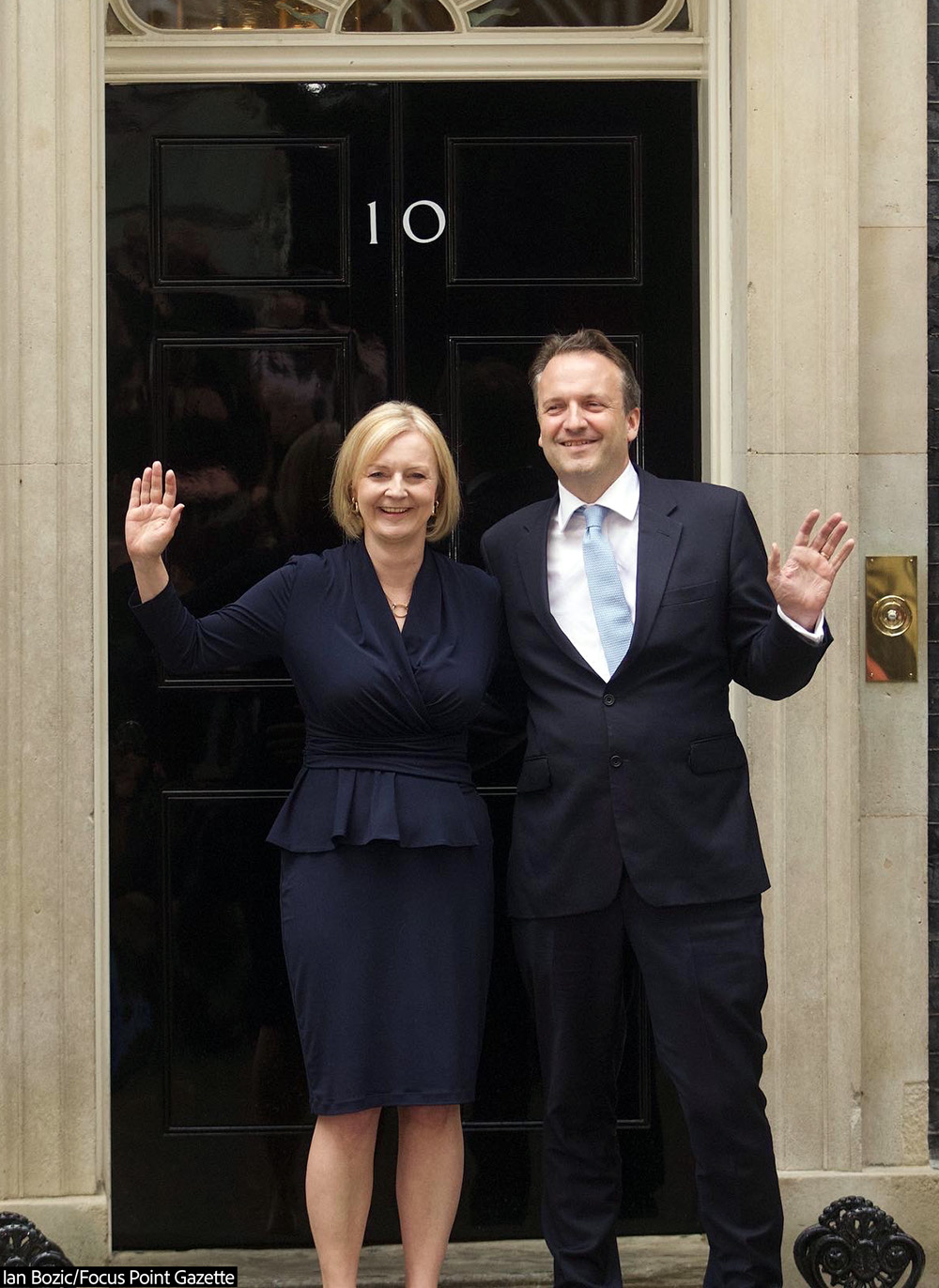As you turn the corner of Whitehall in the heart of London, a certain air of authority sweeps over you—the kind of atmosphere where history and governance intertwine seamlessly. There, nestled among the grandeur of monumental architecture and bustling city life, stands a seemingly modest residence with a pitch-black door that holds the weight of centuries: 10 Downing Street.
Walking along Downing Street, you can’t help but feel like you are stepping into the pages of a history book. Accompanied by a palpable sense of reverence, the iconic Number 10 door comes into view. Crafted with simple elegance, its rich, glossy black finish gleams, often accompanied by a perfectly polished brass knocker and the majestic lion’s head door knob. These seemingly unassuming details cloak the immense significance of what lies beyond.
Let’s rewind to the 1680s, a time when Sir George Downing, a diplomat and spy under Oliver Cromwell and King Charles II, built a row of terraced houses that would later become the cornerstone of British political history. Number 10’s role as the official residence of the Prime Minister began in 1735 when Sir Robert Walpole—often regarded as the first Prime Minister—accepted the house as a gift from King George II. Since then, the front door of 10 Downing Street has witnessed the ebb and flow of history, acting as both a witness and a symbol of British governance.

Through the lens of history, the door to Number 10 has aged gracefully, much like a fine wine. It has welcomed global leaders, offered solace during turbulent times, and celebrated moments of national pride. Winston Churchill, with his resolute spirit, crossed its threshold during the dark days of World War II. Margaret Thatcher, the “Iron Lady,” brought an era of change through its hallowed frame in the 1980s. More recently, prime ministers like Tony Blair, David Cameron, and Boris Johnson have continued the legacy of this venerable entrance.
Of course, one couldn’t ignore the workhorse that is the door itself! Made of reinforced steel since 1991, it offers more than just a grand statement; it ensures the security of those within. Despite this modern adaptation, the door retains its hallmark appearance, preserving the charm and tradition that define 10 Downing Street.

Yet, the front door isn’t just a backdrop for grand political statements or a photogenic façade for the media. It has a character all its own. There’s something almost theatrical about the door swinging open to a waiting prime minister, as if it knows its role in the pantheon of history. Each time it creaks ajar, it seems to murmur echoes of past resilience and future hope.
For those lucky enough to step inside, the door gives way to a labyrinthine structure filled with original Georgian features, narrow staircases, and rooms draped in historical significance. Yet, for the hordes of tourists and curious onlookers, that glossy black door remains a tantalizing threshold between the known and the enigmatic.
So, next time you find yourself wandering through the ancient streets of London, do seek out the storied entrance of 10 Downing Street. Pause for a moment and let your imagination whirl. Picture the conversations, the decisions, the history carved within those walls. For in that black door, the past, present, and future of Britain come knocking together.












